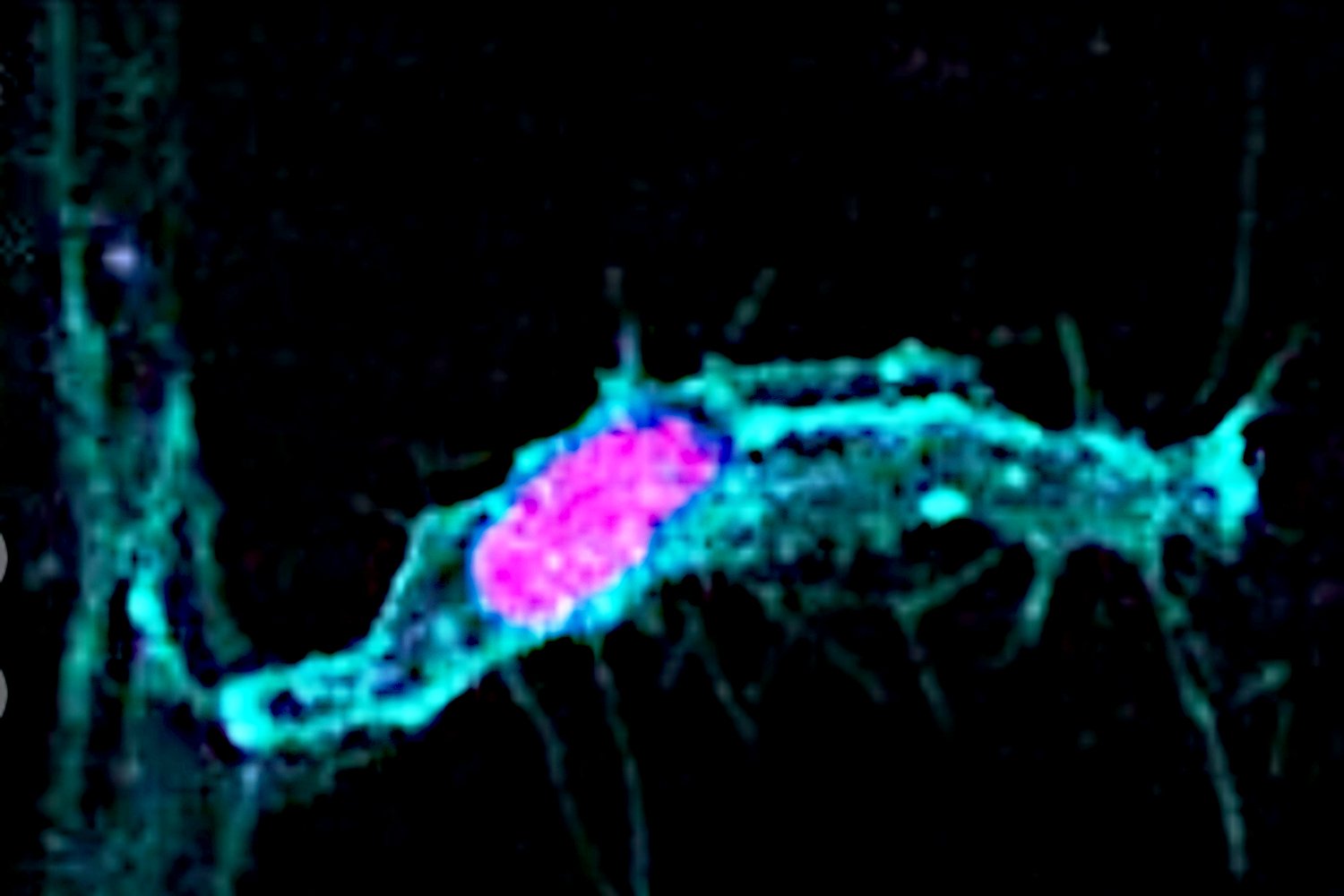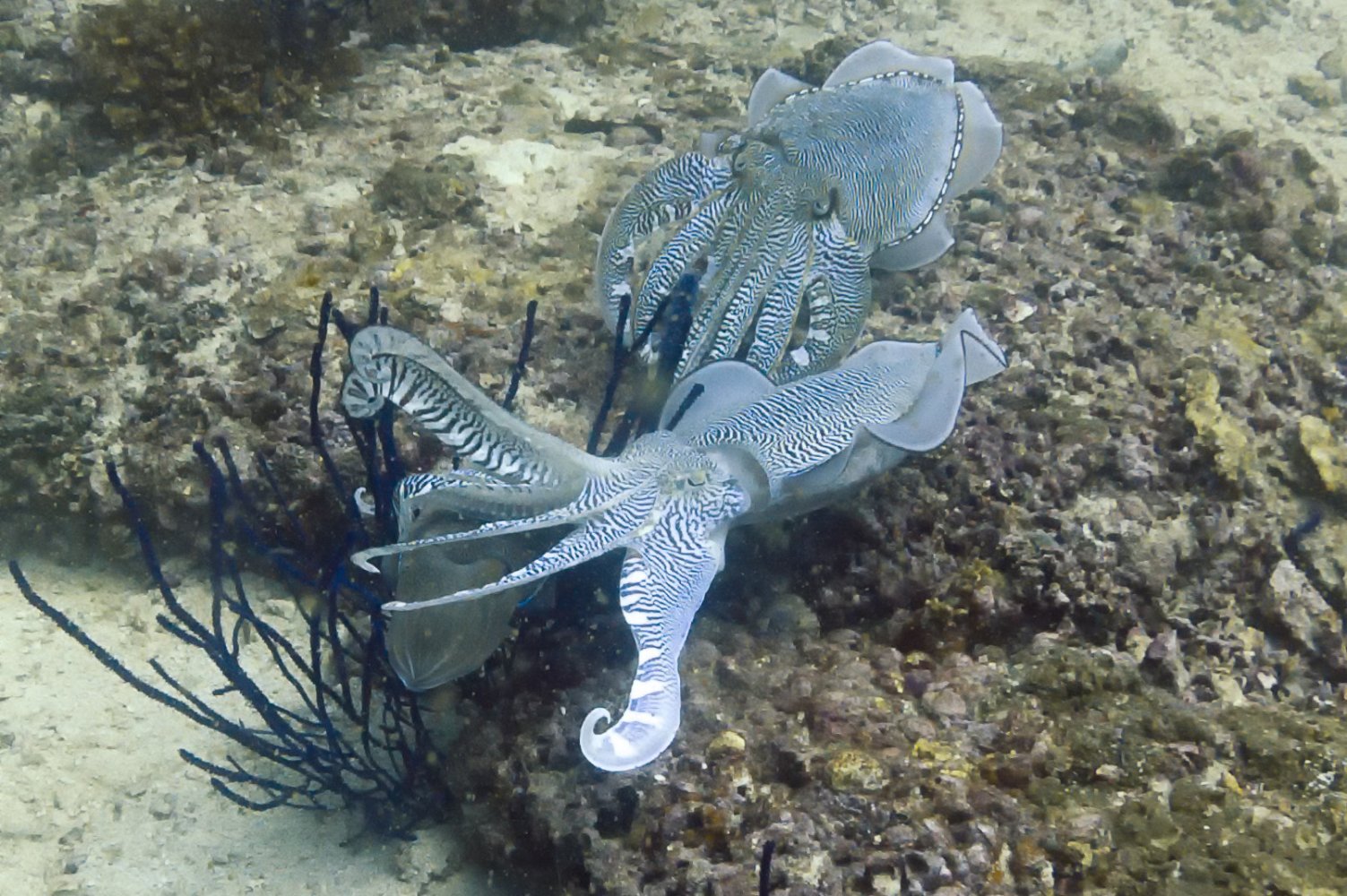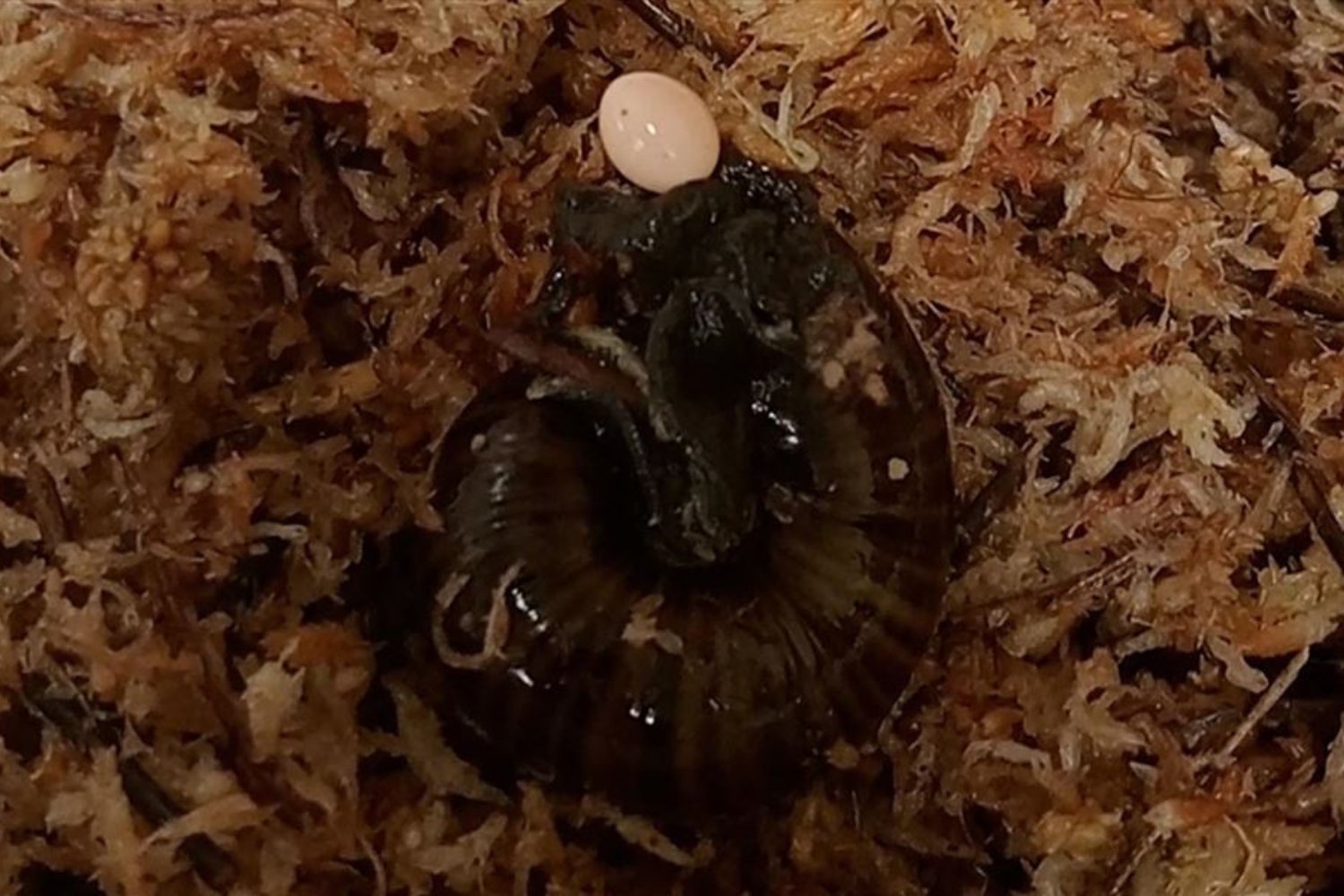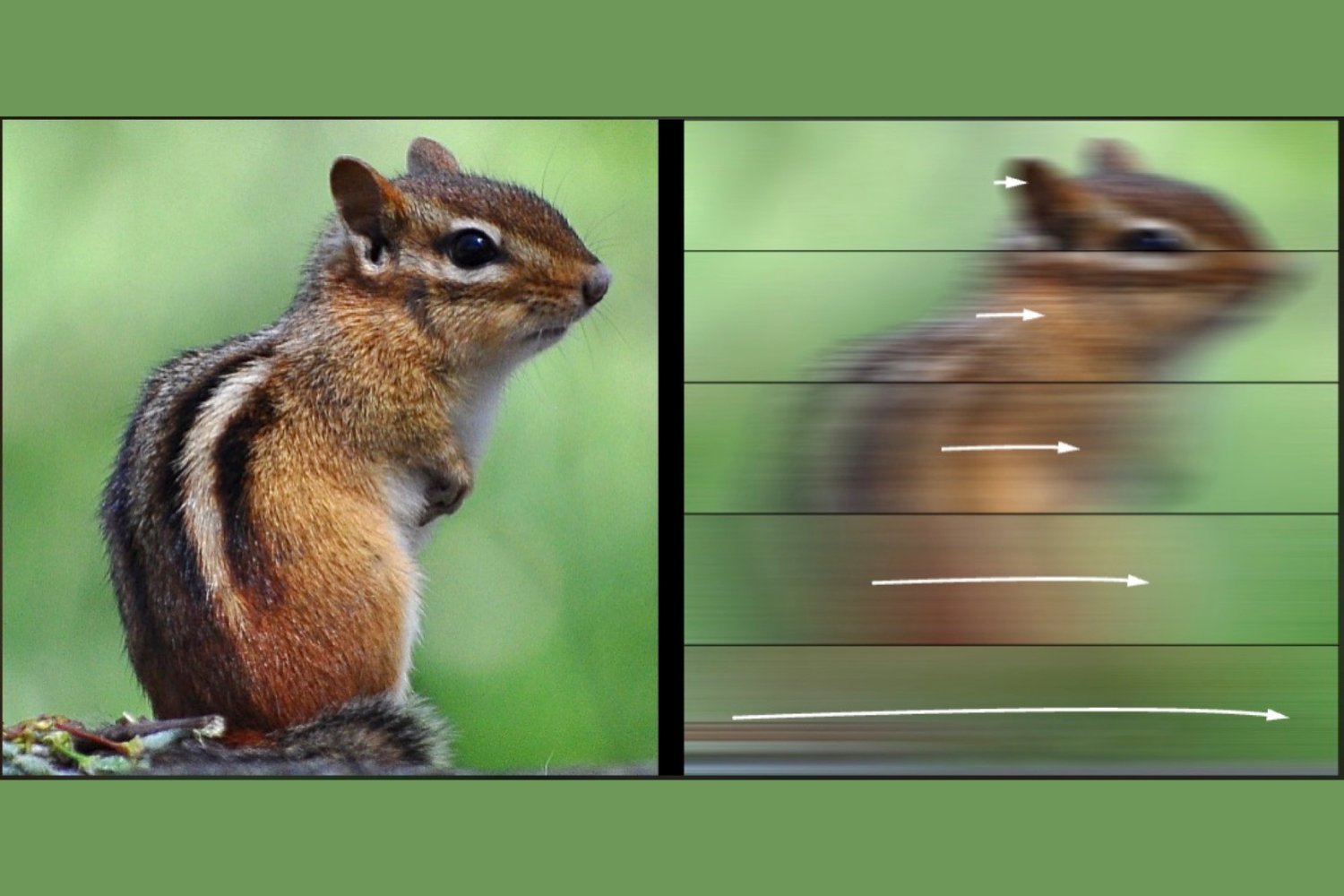If you recall high school biology, cell division, or mitosis, was likely presented as a straightforward process where a parent cell becomes spherical before splitting into two identical daughter cells. However, recent research challenges this traditional understanding, suggesting that mitosis is more complex than previously taught. A groundbreaking study published in Science reveals that cell rounding isn’t always a prerequisite for division, resulting in daughter cells that can differ in size, shape, and even function. This discovery has significant implications for understanding cell behavior in various biological processes, including diseases like cancer.
Challenging the Textbook Definition of Mitosis
Traditional depictions of mitosis emphasize a symmetrical division process, resulting in uniform daughter cells. This new research, however, demonstrates that this isn’t always the case. By observing blood vessel formation in zebrafish embryos, researchers witnessed a different scenario. Leading cells in new vessel growth divide asymmetrically, producing one slow-moving cell and another fast-moving cell to continue leading the growth process. This asymmetrical division allows for specialized cell functions and highlights a complexity not typically associated with mitosis outside of stem cells.
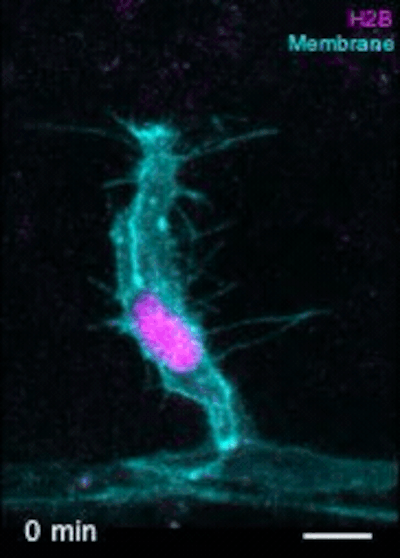 Cells2
Cells2
The transparency of zebrafish embryos provides a unique window into the dynamics of cell division within a living organism. This live observation allowed researchers to capture the real-time behavior of cells, unveiling the nuanced process of tissue growth. The study underscores the importance of studying cell division in vivo to gain a more comprehensive understanding of its intricacies.
Cell Shape Influences Division Type
The research further revealed a correlation between parent cell shape and the symmetry of its division. Shorter, wider cells tended to round up before dividing symmetrically, producing similar daughter cells. Conversely, longer, thinner cells often bypassed the rounding stage and divided asymmetrically.
To investigate this further, researchers manipulated the shapes of human cells using micropatterning techniques. By controlling the shape of the adhesive protein patches to which the cells attached, they could influence the cell’s morphology and observe the resulting division patterns. This controlled environment confirmed the link between cell shape and the type of division, symmetrical or asymmetrical.
 Cells2
Cells2
Implications for Disease and Future Research
This groundbreaking research opens up exciting possibilities for manipulating cell function by controlling parent cell shape. The ability to generate cells with specific functions could have significant implications for regenerative medicine and tissue engineering. Moreover, the study highlights the role of asymmetrical division in the development of different tissues and organs. This understanding could be crucial for understanding diseases like cancer, where asymmetrical division may contribute to tumor heterogeneity and progression.
Conclusion: A New Perspective on Cell Division
This research challenges the traditional understanding of cell division as a uniformly symmetrical process. By demonstrating the prevalence and importance of asymmetrical division, the study offers a more nuanced perspective on cell behavior and its role in development and disease. This discovery paves the way for future research into manipulating cell division for therapeutic purposes and provides a deeper understanding of the complexities of cellular life.



